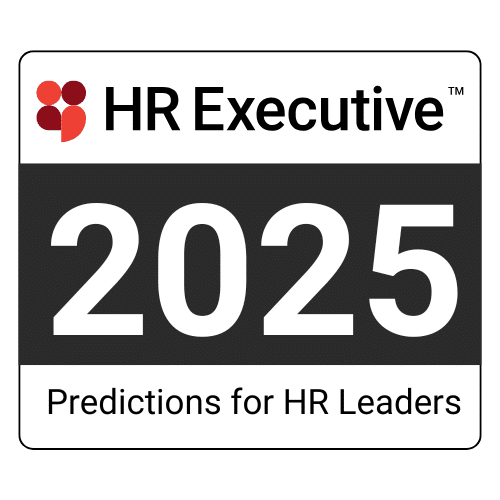In the recruitment industry, the impacts of political cycles and major national events are often felt in labor market trends and hiring volumes. Data from the last three U.S. presidential elections highlights potential links between shifts in job posting rates and election outcomes, offering insights for talent acquisition leaders as they prepare for fluctuations in hiring demand.
Looking back at recent election cycles, an analysis of data from the U.S. Bureau of Labor Statistics and Lightcast reveals a pattern: Hiring activity has often increased following elections that resulted in Democratic administrations, while a stabilization or slight decline in hiring has followed elections of Republican administrations. However, economic and sociopolitical factors likely have a stronger influence on these hiring trends than election results alone.
In both 2012 and 2020, for example, increased hiring activity aligned with Democratic victories, with job postings rising by 19.3% six months after the 2012 election and by 10.1% after the 2020 election. Following the 2016 election and a Republican win, job postings experienced a modest 2.5% dip. Although these patterns suggest a potential trend, they underscore the need to consider broader circumstances, such as economic recovery periods and market confidence, when interpreting post-election hiring trends.
Economic factors at play
It’s essential to recognize that broader economic factors influence hiring activity alongside election outcomes, and they often play a substantial role in shaping job posting trends. Each of the three elections analyzed took place under unique economic circumstances, impacting the observed job posting rates:
- 2012: The nation was emerging from the 2008 recession, and companies were actively rebuilding their workforces as economic growth rebounded. This period’s economic recovery likely amplified the increase in job postings seen after the election.
- 2016: The economy was stable, with low unemployment rates, which could account for the slight post-election dip in job postings. As the labor market approached saturation, many businesses focused on retention rather than aggressive expansion.
- 2020: The COVID-19 pandemic had led to severe economic contractions and layoffs. However, federal relief packages and stimulus measures enacted during the pandemic recovery phase likely contributed to a resurgence in job postings, as organizations sought to rehire and meet demand in a reopening economy.
These factors remind talent acquisition professionals of the complexities surrounding election cycles and hiring trends. Political changes are only one part of a larger equation that includes economic, sociopolitical and market conditions, underscoring the importance of interpreting trends holistically.
Implications for HR strategy
 For human resources and talent acquisition professionals, understanding these trends can be valuable for preparing for potential shifts in hiring demand following elections. Following cycles where hiring has historically tended to increase, HR teams might consider scaling recruiting resources and expanding outreach in anticipation of heightened demand, especially in sectors that may expect favorable policy support, such as healthcare, green energy and social services.
For human resources and talent acquisition professionals, understanding these trends can be valuable for preparing for potential shifts in hiring demand following elections. Following cycles where hiring has historically tended to increase, HR teams might consider scaling recruiting resources and expanding outreach in anticipation of heightened demand, especially in sectors that may expect favorable policy support, such as healthcare, green energy and social services.
On the other hand, during periods of stability or slight decline in hiring activity, HR departments might prioritize optimizing current workforce productivity and retention instead of focusing on rapid expansion. By enhancing employee development and internal mobility, organizations can remain resilient without overextending resources on new hiring.
However, the primary takeaway for HR leaders should be the importance of economic adaptability. Political changes influence hiring trends, but they are often compounded by external economic conditions that vary widely from one election cycle to the next. An agile HR strategy that accounts for both political and economic shifts—whether through scalable recruiting, flexible hiring models or robust retention programs—positions companies to respond effectively to any election outcome.
The post Post-election hiring trends: what history can tell TA leaders appeared first on HR Executive.